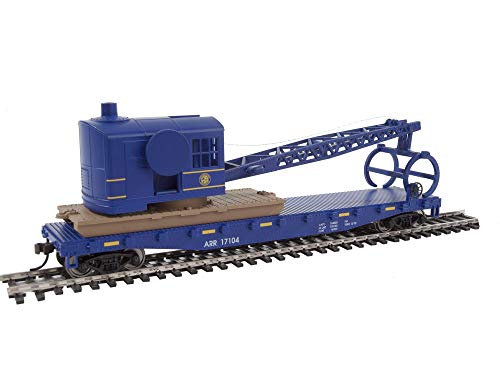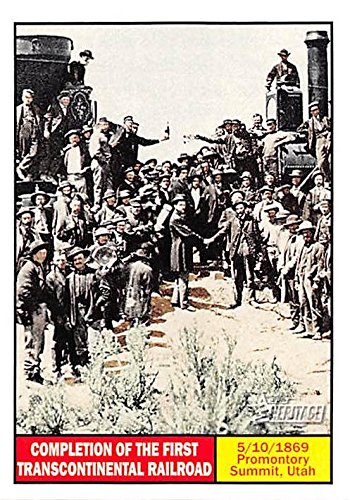FY25 documents (FY2025-FY2029) from the NEC Commission came out this month. I can't outline every project so I'll stick to a few I already know a lot about. Big news today with signal and catenary funding yesterday/today, too.
https://nec-commission.com/documents/
FY25 project appendix:
https://nec-commission.com/app/uploads/2024/11/FY25-29-Appendix_Nov-4.pdf
Name: Clark to Ham Constant Tension Upgrade Project
(CP Clark - Ham Interlocking)
Current projection for completion is December 2029.
Sporadic foundations and catenary poles ("lower columns"?) have been up in this section for a few years already.
The FY23 plan (written 2 years ago in late 2022) was a little more specific about the order in which things are to happen.
Link:
https://nec-commission.com/app/uplo...apital-Investment-Plan-02-Appendix-Oct-22.pdf
Temporary platforms (movable flatcars) were installed at Princeton Junction and Hamilton on track 4 sometime this week. Track 4 is now out of service continuously, so westbound Princeton Junction stops are now made on track 3. Before this week and in the last month track 4 was closed nightly somewhere after 11PM so westbound trains would either low level over 4 or just use 1 if eastbound traffic was low enough.
As of this week, in addition to the temporary platforms, it looks like maintenance has intensified and maintenance is also starting earlier each night. There was even a Philadelphia maintenance crew (KP657) a few nights working Midway - Ham. I'm guessing these are active steps to get constant tension going although it would be hard to disambiguate track outages for the constant tension project with those for the Ham Interlocking Renewal Project. Someone over there should take a peek.
There was a separate announcement for security of more funding for a few projects.
FRA link:
https://railroads.dot.gov/about-fra...vesting-america-biden-harris-administration-4
Full list:
https://railroads.dot.gov/sites/fra.dot.gov/files/2024-11/FY24 FSP-NEC Selections_PDFa.pdf
Projects:
Connecticut – Cos Cob Bridge Replacement Planning Study
New Jersey – Sawtooth Bridges Replacement Project Final Design Supplement and Pre-Construction Support Services
Connecticut – Connecticut River Bridge Replacement Project: Springfield Line
Connecticut – Hartford Line Rail Program Double Track Phase 3B Project
Connecticut – Hartford Station Relocation Project
Connecticut – Track Improvement and Mobility Enhancement (TIME)-1
District of Columbia – Washington Union Station Expansion Project
District of Columbia – Washington Union Station: Near Term Rail Program
Maryland – Baltimore Penn Station: Master Plan Completion Project
Maryland – Bridge to Burgos Catenary Renewal (Mid-Atlantic Division South Catenary Renewal: Baltimore-New Carrollton)
Maryland – Mid-Atlantic South Signal System Upgrades to 562 Project
New Jersey – County-Newark Catenary Upgrades Project
New Jersey – Kearny Substation 41 Relocation Design and Construction
New Jersey – New York Metro Signal System Upgrades to 562 Program Phase 1: County to Elmora
New York – New York Penn Station Reconstruction
New York – Gateway: New York Penn Station Capacity Expansion
Pennsylvania – Keystone Line Interlocking SOGR Program - Phase 1: Potts
Pennsylvania – Mid-Atlantic OCS Replacement Program Phase 1: Zoo to Paoli Project
Pennsylvania – SEPTA Regional Rail Master Plan Implementation
Conversion to rule 562 territory (County - Elmora, MP 32.8 - 14.7) means wayside signals (not at interlockings) will be removed and all tracks will be fully bidirectional. Trains will rely on cab signals only. County - Ham (MP 32.8 - 55.7) is already 562 and there are plenty of others.
County-Newark Catenary Upgrades (FY25 project appendix)
I think the plan is to replace the catenary for County - Newark with fixed-termination SAP rather than "gold standard" constant tension. SAP is in place from County - Midway and CP Clark - Ham and I think those sections were actually supposed to be constant tension. CP Clark - Ham is of course to be converted to constant tension.






































